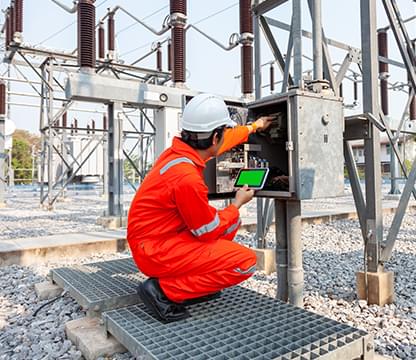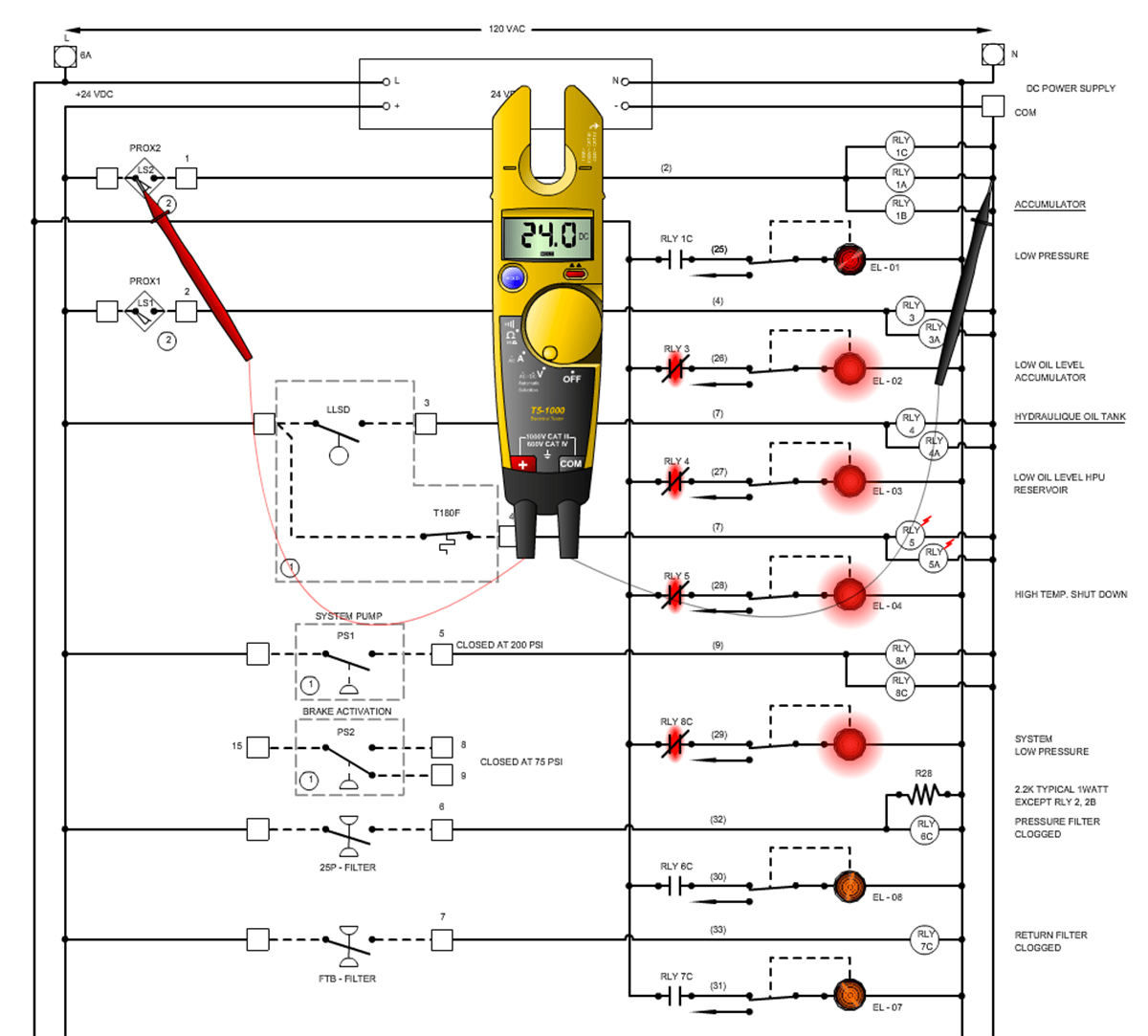Quality technical support for electrical industry needs.
Quality technical support for electrical industry needs.
Blog Article
Top Tips for Effective Electric System Troubleshooting
Fixing electrical systems needs a methodical strategy, grounded in a thorough understanding of electrical concepts and safety methods. By familiarizing oneself with circuit parts, utilizing crucial tools, and sticking to a structured analysis technique, specialists can efficiently recognize and fix issues. The nuances of efficient repairing extend past plain technological understanding; understanding exactly how to record findings and prioritize security can dramatically influence outcomes. As we check out these essential elements even more, it comes to be clear that understanding this process is not just beneficial however crucial for success in the field.
Understand the Basics
Understanding the basics of electrical systems is important for effective troubleshooting, as a solid foundation permits technicians to detect and resolve concerns extra successfully. A detailed understanding of electrical principles, such as voltage, current, resistance, and power, is critical in recognizing the origin triggers of problems. Voltage is the electrical possible distinction that drives present through a circuit, while resistance opposes the flow of existing, affecting the overall capability of the system.
Experience with circuit components, consisting of resistors, capacitors, diodes, and changes, is additionally vital. Each part plays an unique duty in circuit habits and can influence performance when malfunctioning. In addition, understanding collection and parallel circuit setups is vital, as these plans affect the distribution of voltage and existing within the system.
Service technicians need to be mindful of possible hazards, such as shock and short circuits, to execute risk-free troubleshooting methods. By grasping these fundamental principles, professionals boost their ability to conduct efficient diagnostics and repair services, inevitably leading to boosted efficiency and integrity of electric systems (electrical system troubleshooting).
Gather Necessary Tools
Effective troubleshooting of electrical systems needs the ideal collection of tools to identify and solve concerns properly. A well-appointed technician can considerably improve effectiveness and performance in identifying problems. Necessary devices include a multimeter, which determines voltage, current, and resistance, permitting precise analyses of electric elements. Clamp meters are also beneficial for gauging present without disconnecting the circuit, guaranteeing safety and ease.
Furthermore, shielded hand tools such as screwdrivers, pliers, and wire pole dancers are important for safely controling electrical links. It is likewise advisable to have a circuit tester on hand to confirm the existence of voltage in electrical outlets and cables. For more complicated systems, a thermal imaging video camera can assist discover overheating parts, suggesting prospective failings.

Follow a Methodical Approach
Having actually collected the ideal devices, the following action in troubleshooting electric systems is to adhere to an organized approach. A systematic strategy ensures that technicians can identify faults successfully and properly, decreasing downtime and preventing unneeded fixings.
Begin by examining the system's schematic representations and specifications. This entails checking each component methodically, starting from the power source and functioning towards the lots.
Use testing tools, such as multimeters and oscilloscopes, to collect objective information regarding voltage, existing, and resistance at different points within the system. This empirical proof will certainly guide your troubleshooting initiatives and aid to verify or remove potential he said reasons of failing.
Furthermore, consider ecological variables that might influence the system's efficiency, such as temperature variations or wetness access. A thorough try here evaluation of circuitry, connections, and parts will make certain that all possibilities are made up.
File Your Searchings For
Complete documentation is necessary in the troubleshooting procedure of electric systems. Accurate documents boost the effectiveness of recognizing recurring problems and help with interaction among employee. Each finding ought to be diligently noted, including signs observed, examinations conducted, and the results of those examinations. electrical system troubleshooting. This practice not only help in recognizing the root cause of the issue yet also acts as a recommendation for future repairing efforts.

Additionally, keeping a log of components replaced or repair work executed is very useful. This info sustains inventory administration and can aid evaluate the durability and dependability of details elements.
Ultimately, the documentation process should be complete yet concise, enabling very easy access and testimonial - electrical system troubleshooting. By prioritizing detailed documents, service technicians can create a beneficial data base that not only help in current troubleshooting yet also encourages future maintenance initiatives, thus boosting general system integrity

Prioritize Safety Steps
Identifying the fundamental threats associated with electric systems is crucial for making sure safety during troubleshooting. Electric my blog shock, burns, and tools damage are simply a few of the possible hazards that service technicians face. Prioritizing precaution is not just a legal responsibility yet also a moral necessary that safeguards both the technician and the surrounding atmosphere.
Prior to starting any kind of troubleshooting task, specialists must wear ideal personal protective equipment (PPE), including protected handwear covers, shatterproof glass, and flame-resistant clothing. Guaranteeing that the workspace is dry and devoid of mess can significantly reduce the risk of accidents. Additionally, it is vital to de-energize circuits prior to starting any type of job, validating that they are not live via making use of a multimeter or voltage tester.
Establishing clear communication protocols with team participants is additionally essential; this makes certain that every person is mindful of prospective dangers and the condition of the electrical system being serviced. Having an emergency situation action plan in place can show indispensable in the event of an event. By focusing on safety measures, technicians can properly mitigate risks and cultivate a more secure work environment.
Final Thought
Efficient electric system troubleshooting depends on a thorough understanding of fundamental principles and a systematic strategy. Prioritizing security actions makes certain the well-being of individuals included and the honesty of the electrical system.
Report this page